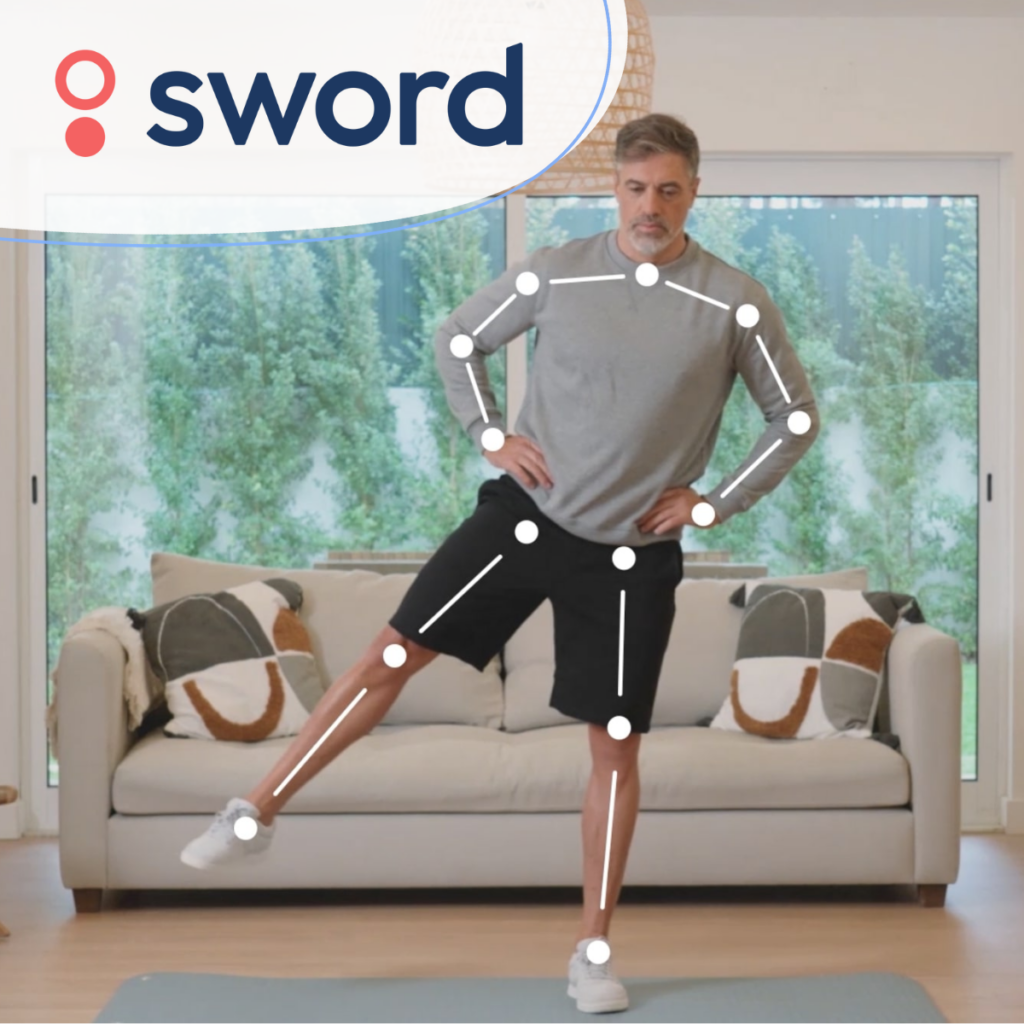eConsent plays a pivotal role in optimizing modern clinical trials, but the nuance around eConsent adoption for pharmaceutical and medical device companies remains a consideration for implementation teams. Castor CEO & Founder – Derk Arts MD, Ph.D. recently sat down with Leanne Walsh of Northern Light Lifescience to talk about the challenges, processes, considerations, and mindset shifts that study teams must consider when reviewing eConsent for their trials.
From the conversation between Derk and Leanne, as well as the audience Q&A, it’s clear that the question of eConsent isn’t so much of a “Why?” but a “Why not?” As one attendee noted, “This sounds like people [are] using eConsent in exactly the same way as paper though—in the clinic alongside a face-to-face conversation. If it is used as a tool to provide information to potential participants ahead of a clinic meeting or as a follow-up to the clinic, then it could add more value.”
Here are some of the key themes from the discussion:
eSignature vs. eConsent vs. Digital Signature: Are they the same?
The first barrier to eConsent adoption is getting over regulatory uncertainty. On the sponsor and site ends—especially in terms of signature use, misconceptions about “eConsent is only the eSignature” are still very prevalent. eConsent allows for additional sources of information that the participant can review ahead of time. All of this capacity is contained within the eConsent ecosystem and can happen before a visit to the site. Educating study designers and IRBs to understand that the informed consent process is its own ecosystem rather than just the signature element is a crucial step to break out the parts of eConsent that go well beyond just eSignature.
An electronic signature is always integral to eConsent. However, eSignature requirements vary by country, impacting eConsent adoption. In countries that do not accept eSignature, Castor’s research indicates that a participant can often sign a paper form while on the video call and then mail in that form. Although this method entails paperwork, you retain two key benefits: the eClinical platform tracks the consent status, and participants can access trial information online at any time.
“People’s perceptions are different right down to the basics around a signature and digital signature. Are they the same thing? And do they mean the same in the regulations from the FDA versus in Europe? Vendors should be responsible to convey what it means, clarify those terminologies, and make it simple for the study teams to understand.“
– Leanne Walsh, Director, Northern Light Lifescience
Read more from the FDA on Informed Consent for Clinical Trials.
Digital vs. analog systems: Can eConsent enhance data retrieval over traditional paper processes?
The shift from analog to digital systems in the consenting process is not merely a trend but a necessity. Picture the traditional paper-based consenting process: physical folders, stacks of papers, and the ever-present risk of misplacing a crucial document. This analog approach, although familiar, presents challenges. As the volume of participants grows, so does the paperwork, leading to an increased risk of data loss.
Building on the insights from the webinar, there is an undeniable “wait and see” approach when it comes to adopting new technologies. This hesitancy is often rooted in the challenges of implementing features and the perceived complexities of digital systems.
But let’s debunk a myth: digital systems, especially in the consenting process, are designed to secure data storage. With everything stored electronically, data accessibility becomes seamless. If the study team needs to pull up a specific patient’s consent form, it is only a click away.
“What’s stopping sponsors from engineering their way into accessing clinical data is the concern that all the paper will get digitized in some shape or form and stored somewhere that is completely untraceable […] There’s no way a response would break into a digital system and override whatever access they have to. Then review data that they are not supposed to have access to. So I think it is unequivocally true that digital systems are actually safer and better in restricting access to information or giving access to the right information than analogue analog systems.“
– Derk Arts, CEO & Founder, Castor
Shifting to a “digital first” mindset creates a larger move toward eConsent adoption among sponsors
The “digital first” approach not only highlights the safety and security benefits of eConsent over paper, it also helps study designers and IRBs experience the expanded capabilities of the whole eConsent ecosystem out in the open. Seeing the eConsent capabilities allows the clinical staff and study designers to plan for how to deliver the extra information that is customized to specific needs of participants.
Digital systems can enhance the patient experience by allowing researchers to develop tools that are more efficient, interactive, and personalized. They can give study participants enough flexibility and time to be better prepared for the consultation with clinicians, formulate questions, or use the waiting time efficiently if the tools are used in the waiting room.
However, the success of this approach hinges on timely adoption. By embracing the digital first mindset from the get-go, study teams can ensure that eConsent isn’t an afterthought but a foundational pillar of the study design. This proactive approach can catalyze conversations, ensuring that sponsors are aligned and onboard from the outset.
Watch the on-demand recording of eConsent from Sponsor to Site: Navigating Successful eConsent Adoption to take in the full conversation and hear about the impact of eConsent, real-world examples of eConsent evaluation, readiness, and implementation, and potential for future industry adoption.
Discussion Highlights:
- Challenges of eConsent Adoption: How to navigate barriers of eConsent adoption from both the site and sponsor perspectives.
- Technology Capabilities: A focus on eConsent capabilities that streamline workflows and foster improved collaborations between all stakeholders.
- Regulation & IRB Submission: Invaluable insights into the challenging process of managing regulation and IRB submissions, facilitated through real-life case studies.
- Future Perspectives: Envisioning the future of clinical trials with stronger eConsent adoption, better technology and the use of AI
Castor’s product suite ensures security, access, and ease of use for sponsors. Our ongoing innovations keep Castor software and technology poised to meet the expanding needs of clinical trials. Ready to learn more? Let’s chat.


